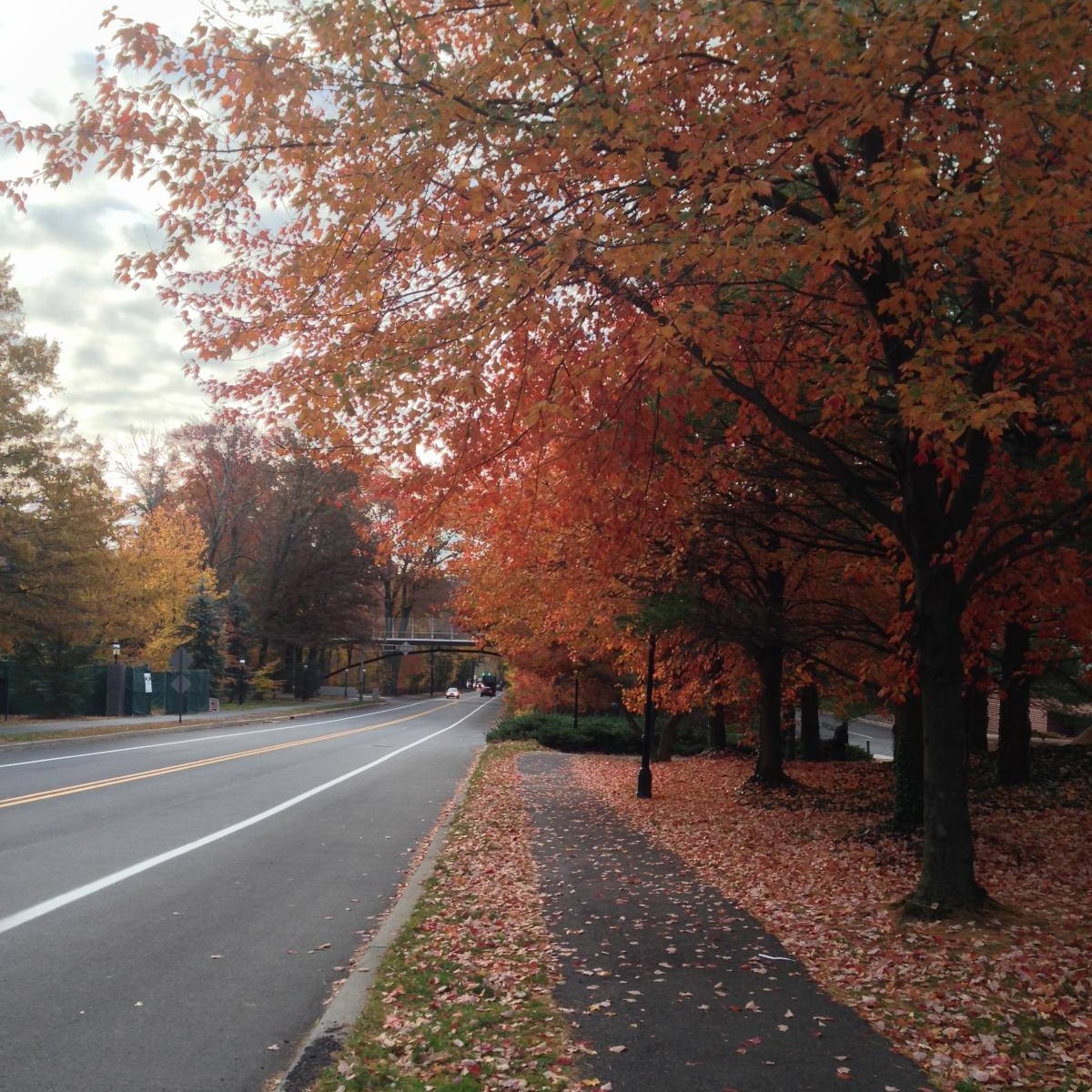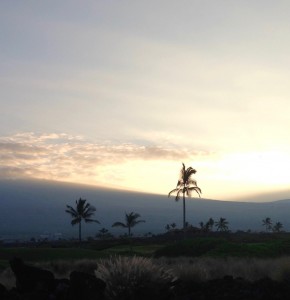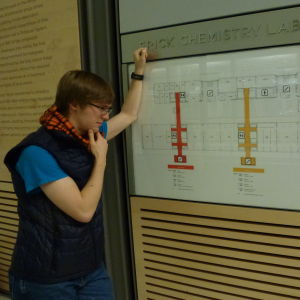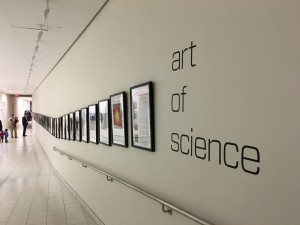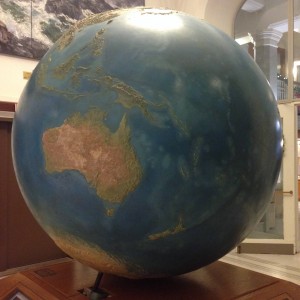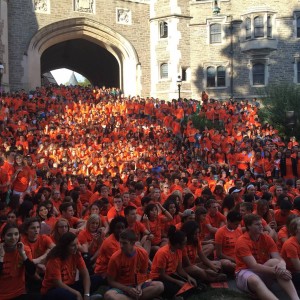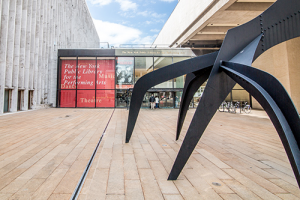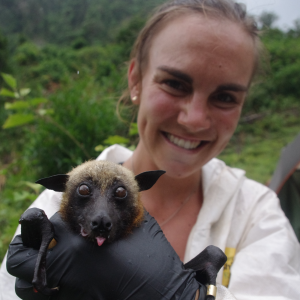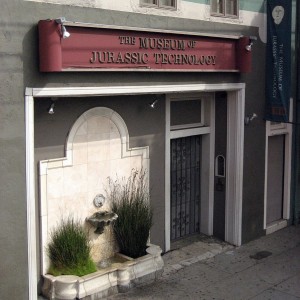First, some background: many departments have different guidelines and setups for junior independent work. Most departments require two junior papers; some require one. In the philosophy department, all juniors take a small (4-5 person) topical junior seminar in the fall to guide them into the process of writing independently. This fall’s topics were Consequentialism & Common Sense Morality, Newcomb’s Problem, and Skepticism, Reason, & Faith. In seminar sessions, students discuss issues central to these topics.
I spent my semester in Consequentialism & Common Sense Morality reading Shelly Kagan’s Normative Ethics and debating features of the text with my classmates. The literature was vast, spanning metaethics (what are the fundamental bases of ethical theories? are they valid?), normative ethics (what are relevant factors that make actions good or bad?), and applied ethics (what are answers to moral questions people face in their lives?). Any one of these categories holds thousands of unanswered, often-debated questions. So by the second half of the semester, when it was time to choose a junior paper topic, I felt predictably lost.
